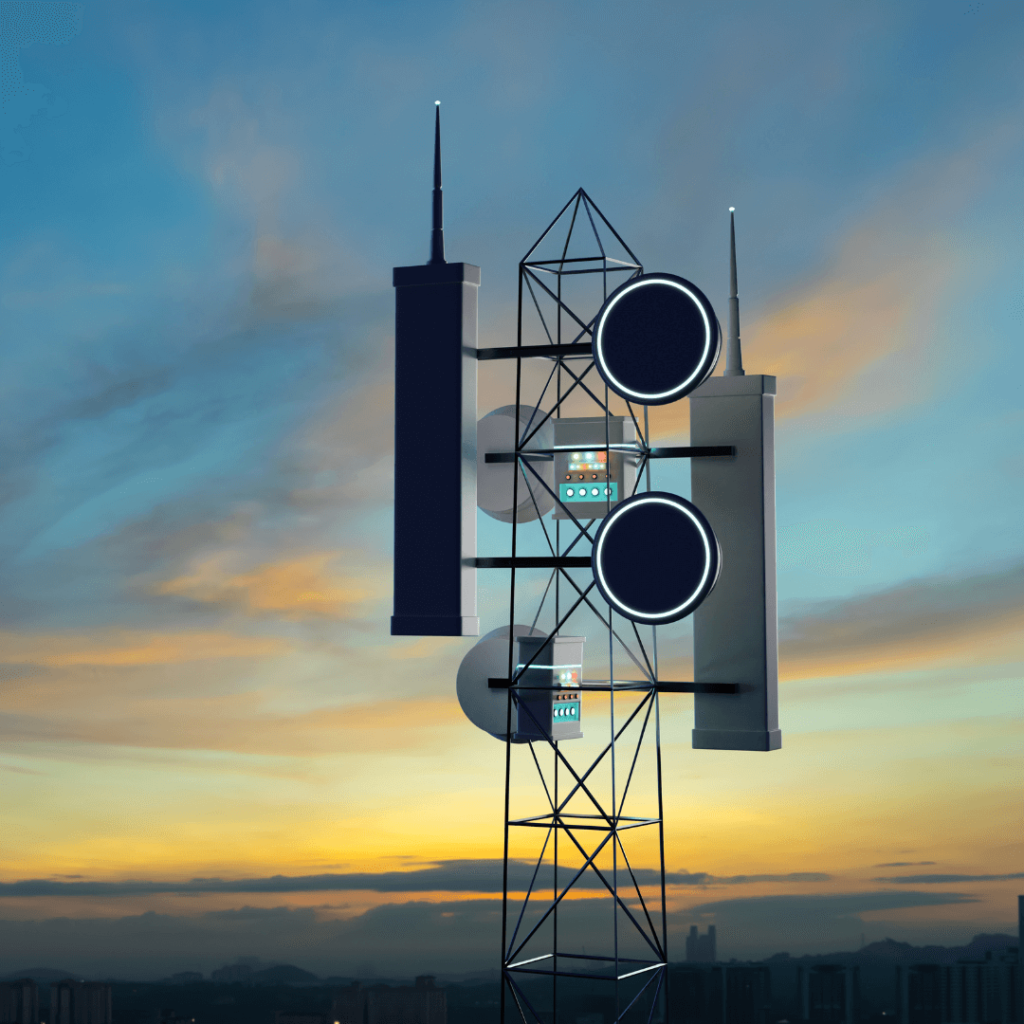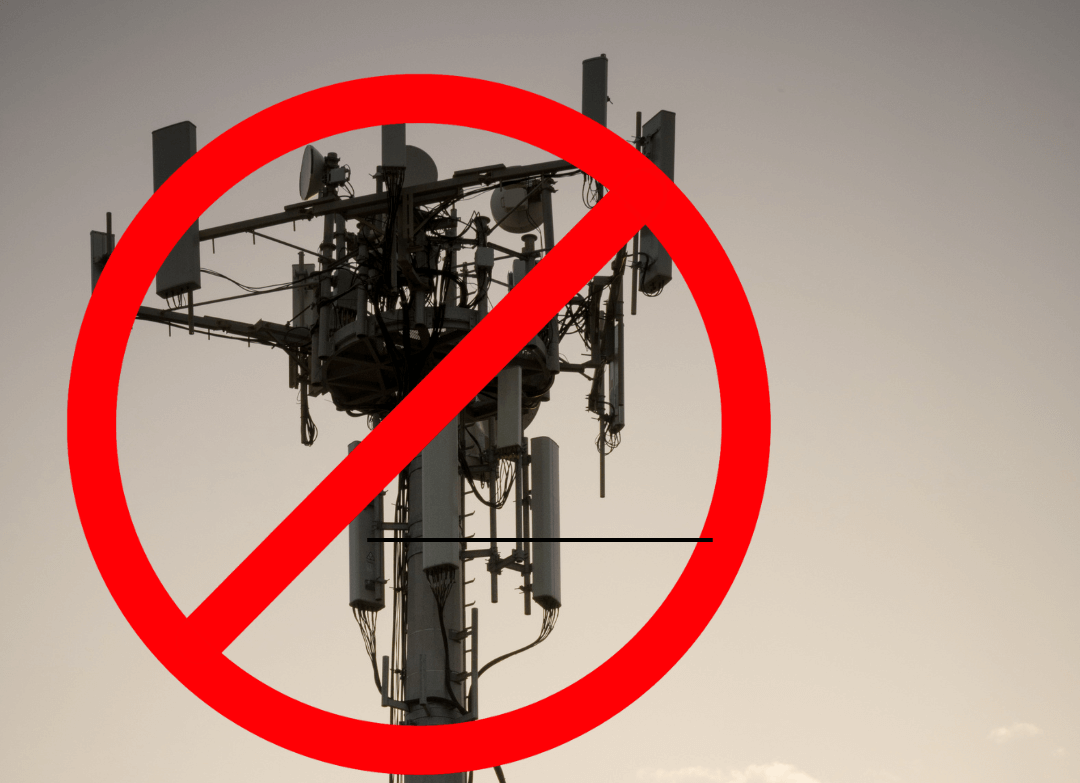Ever been in the middle of an important call when suddenly you hear that dreaded message: "All circuits are busy"? It's frustrating, right? You're left wondering what went wrong and why this keeps happening. Whether you're trying to reach customer support or making an urgent call, getting this message can feel like hitting a brick wall. But here's the deal—there's a reason behind it, and understanding it can help you avoid those annoying disruptions.
Let's break it down. "All circuits are busy" is basically the phone system's way of telling you that there's too much traffic on the network. Think of it like trying to drive on a highway during rush hour—there’s just too much going on for everyone to get through smoothly. This issue isn't new, but with more people relying on their phones for everything from work to emergencies, it's become a bigger pain point.
In this article, we'll dive deep into why this happens, how to fix it, and what you can do to minimize the chances of hearing that dreaded message again. So grab your favorite drink, settle in, and let's figure this out together.
Read also:Alex Roe Wife Olivia Cooke The Real Story Behind The Power Couple
Here’s what we’ll cover:
- What Does "All Circuits Are Busy" Mean?
- Common Causes of Circuit Overload
- How It Affects Your Calls
- Understanding Network Congestion
- Steps to Prevent Busy Signals
- Technology Solutions for Busy Circuits
- Tips for Users to Stay Connected
- Handling Emergencies During Network Overloads
- The Future of Telecom Networks
- Final Thoughts and Next Steps
What Does "All Circuits Are Busy" Mean?
When you hear "all circuits are busy," it means the network you're trying to connect to is overwhelmed. In simpler terms, there are too many people trying to use the same lines or channels at once. Imagine a bunch of cars trying to squeeze onto a tiny road—it just doesn't work. The same thing happens with phone networks. When too many calls are happening simultaneously, the system can't handle them all.
This issue isn't limited to landlines either. Even mobile networks can experience circuit overload, especially in densely populated areas or during major events. So whether you're using a traditional phone line or a smartphone, you might still run into this problem.
Here’s a quick breakdown:
- Landline Phones: Older systems rely on physical connections, which can become saturated.
- Mobile Networks: Modern systems use digital signals, but they can still get congested during peak hours.
- VoIP Services: Internet-based calls can also suffer from bandwidth limitations, leading to similar issues.
Why Is This Still an Issue?
Despite advancements in technology, network congestion remains a challenge. One reason is the sheer number of devices connected to the internet and phone networks these days. From smartphones to smart home devices, every gadget adds to the load. Plus, during emergencies or big events, everyone tries to make calls at the same time, pushing the system to its limits.
Common Causes of Circuit Overload
So, what exactly causes "all circuits are busy"? There are several factors at play:
Read also:Gypsy Rose Blanchard Crime Scene A Deep Dive Into The Shocking Truth
- High Call Volume: During emergencies, holidays, or major events, more people try to make calls simultaneously.
- Network Limitations: Some older networks simply weren't designed to handle the level of traffic we see today.
- Geographic Factors: Certain areas, like cities or event venues, experience higher call volumes, leading to localized congestion.
- Equipment Failures: Occasionally, hardware issues or software glitches can contribute to the problem.
For example, during natural disasters, millions of people try to contact loved ones or emergency services at the same time. This sudden spike in calls can overwhelm even the most advanced networks.
How Do Carriers Handle It?
Phone carriers have various strategies to manage network congestion. They can increase capacity by adding more towers or upgrading infrastructure. However, these solutions take time and money, so they're not always immediate fixes. In the meantime, carriers often prioritize emergency calls to ensure critical communications aren't disrupted.
How It Affects Your Calls
When circuits are busy, it doesn't just mean you can't make a call. It can also affect the quality of calls that do go through. You might experience dropped calls, poor audio quality, or delays. This can be especially frustrating if you're trying to handle important tasks or communicate with family and friends.
For businesses, the impact can be even greater. Missed calls mean lost opportunities and dissatisfied customers. That's why companies invest heavily in reliable communication systems to ensure they stay connected no matter what.
Real-World Examples
Remember when everyone tried to call their family on Thanksgiving? Or when a big concert left thousands of fans unable to share their excitement? These are perfect examples of how circuit overload can disrupt our lives. And while it might seem like a minor inconvenience, it can have serious consequences in emergency situations.
Understanding Network Congestion
Network congestion is the root cause of "all circuits are busy." It occurs when the demand for network resources exceeds the available supply. Think of it like a water pipe—if too much water tries to flow through at once, the pressure builds up and nothing gets through. The same principle applies to phone networks.
There are two main types of congestion:
- Temporary Congestion: Happens during peak hours or specific events and usually resolves itself once the traffic decreases.
- Persistent Congestion: Occurs in areas with consistently high call volumes and requires long-term solutions.
Understanding the difference between these types can help you anticipate when you might encounter issues and plan accordingly.
How Providers Monitor Congestion
Phone carriers use sophisticated tools to monitor network performance and identify congestion points. They analyze data in real-time to detect patterns and make adjustments as needed. However, despite their best efforts, some level of congestion is inevitable, especially during unexpected spikes in usage.
Steps to Prevent Busy Signals
While you can't control the entire network, there are steps you can take to reduce the chances of hearing "all circuits are busy":
- Try Calling During Off-Peak Hours: Avoid making calls during times when most people are likely to be using their phones.
- Use Text Messages or Messaging Apps: Sometimes, sending a message instead of making a call can help you stay connected without contributing to network congestion.
- Switch to Wi-Fi Calling: If your carrier supports it, Wi-Fi calling can bypass traditional networks and reduce the load on cell towers.
- Invest in Reliable Equipment: Using high-quality phones and routers can improve your connection and reduce the likelihood of dropped calls.
By taking these precautions, you can increase your chances of staying connected, even during busy periods.
What About VoIP?
Voice over Internet Protocol (VoIP) services offer an alternative to traditional phone lines. Since they rely on the internet instead of physical circuits, they can sometimes bypass congestion issues. However, they still depend on your internet connection, so poor bandwidth can cause problems too.
Technology Solutions for Busy Circuits
Advancements in technology are helping to address network congestion. Carriers are investing in next-generation networks, like 5G, which promise faster speeds and greater capacity. Additionally, innovations like cloud-based communication platforms and AI-driven traffic management systems are making it easier to handle large volumes of calls.
Here are a few examples:
- 5G Networks: Offering significantly higher bandwidth and lower latency, reducing the chances of circuit overload.
- Cloud Telephony: Allowing businesses to scale their communication systems dynamically based on demand.
- AI Optimization: Using machine learning to predict and prevent congestion before it happens.
While these solutions won't eliminate congestion entirely, they're making a big difference in how networks handle high traffic periods.
Challenges in Implementation
Despite the promise of new technologies, there are challenges to overcome. Deploying 5G networks requires significant investment in infrastructure, and not all areas have access yet. Similarly, transitioning to cloud-based systems can be complex for large organizations. However, as technology continues to evolve, these barriers are gradually being broken down.
Tips for Users to Stay Connected
Here are some practical tips to help you stay connected, even when circuits are busy:
- Keep Your Phone Updated: Ensure your device is running the latest software for optimal performance.
- Use Alternative Communication Methods: Consider video calls, messaging apps, or social media to reach out.
- Stay Informed: Follow updates from your carrier about network maintenance or potential disruptions.
- Plan Ahead: If you know you'll need to make a call during a busy time, try to schedule it earlier or later.
By being proactive and using the tools at your disposal, you can minimize the impact of network congestion on your daily life.
What If It's an Emergency?
In emergency situations, it's crucial to have a backup plan. Consider using text messages or data-based communication methods if voice calls aren't working. Additionally, familiarize yourself with local emergency numbers and services that can assist you if needed.
Handling Emergencies During Network Overloads
During emergencies, network congestion can pose a serious threat to public safety. That's why carriers prioritize emergency calls and work closely with authorities to ensure critical communications remain uninterrupted. However, as a user, you can also take steps to prepare:
- Create an Emergency Contact List: Include numbers for family, friends, and local services.
- Download Emergency Apps: Use apps that allow you to send alerts or request help without relying on voice calls.
- Stay Calm and Patient: If you encounter busy signals, try again later or use alternative methods to reach out.
Remember, staying calm and informed is key to handling emergencies effectively.
How Authorities Prepare
Emergency services and government agencies have contingency plans in place to manage network congestion during crises. They coordinate with carriers to ensure priority access for first responders and other essential personnel. Additionally, they provide guidance to the public on how to stay safe and connected during these times.
The Future of Telecom Networks
Looking ahead, the future of telecom networks is bright. With ongoing advancements in technology and increasing investment in infrastructure, we can expect to see significant improvements in network capacity and reliability. As more people adopt smart devices and internet-connected gadgets, the demand for robust communication systems will only grow.
Here’s what to look forward to:
- Universal Connectivity: Efforts to bring high-speed internet and phone service to underserved areas.
- Enhanced Security: Improved encryption and authentication methods to protect against cyber threats.
- Smart Networks: Systems that adapt in real-time to changing conditions and optimize performance.
While challenges remain, the future of telecom holds exciting possibilities for staying connected no matter where you are or what you're doing.
What Can You Do?
As a user, you can contribute to a better-connected world by staying informed, adopting new technologies, and advocating for improved infrastructure in your community. Every little bit helps in building a stronger, more resilient network for everyone.
Final Thoughts and Next Steps
Hearing "all circuits are busy" might seem like a minor annoyance, but it highlights the importance of reliable communication systems. By understanding the causes of network congestion and taking steps to mitigate its effects, you can


